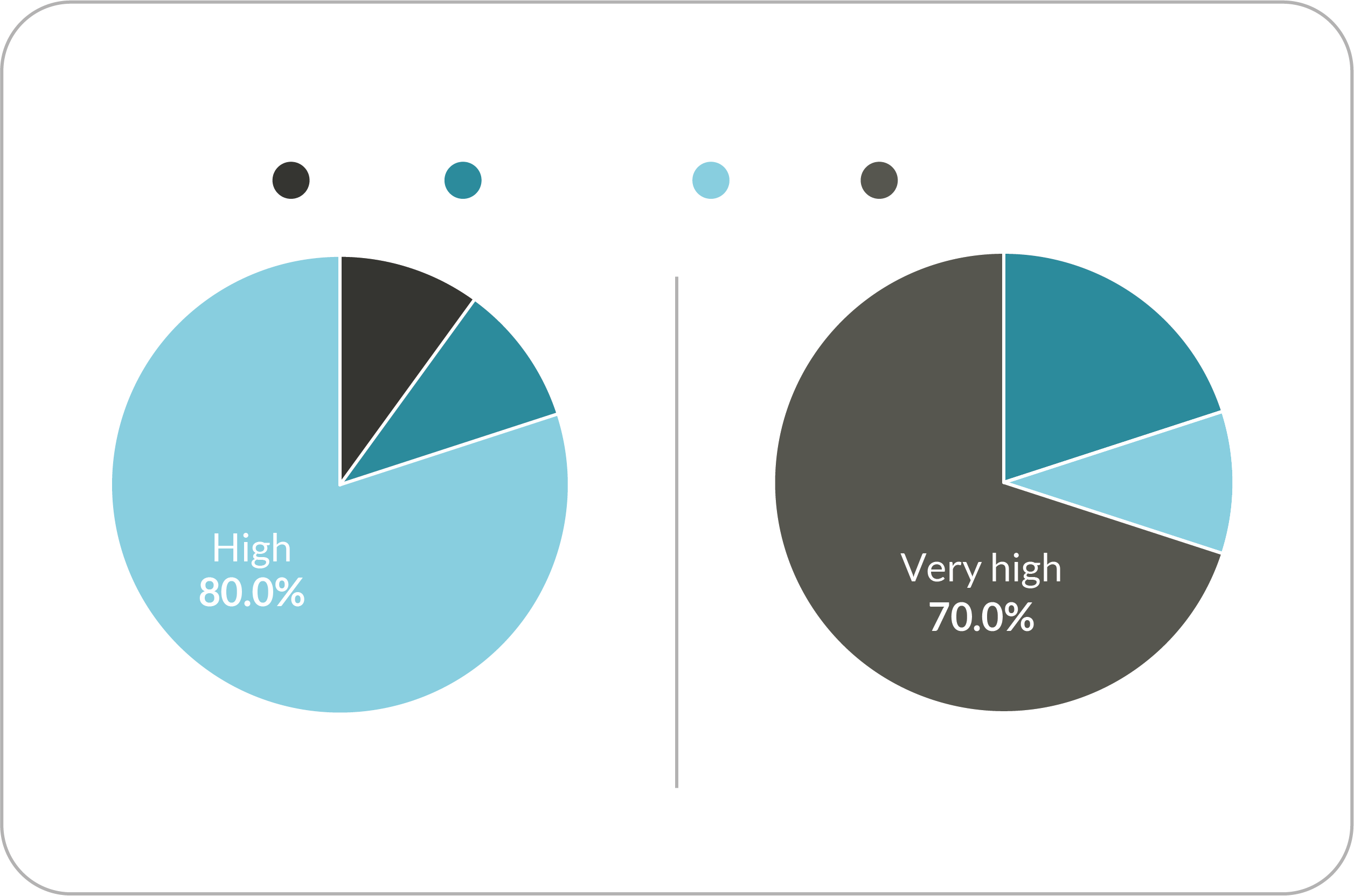The validation aims to evaluate the proposed interface in terms of usability, including efficiency, effectiveness and satisfaction, as well as to assess the fidelity to the actual procedure and the learning objectives during this phase, which are to understand the cannulation procedure within ECMO therapy, to recognise possible risks during the procedure and to recognise the needs of a patient in respiratory failure.
The participants were divided into 3 groups:
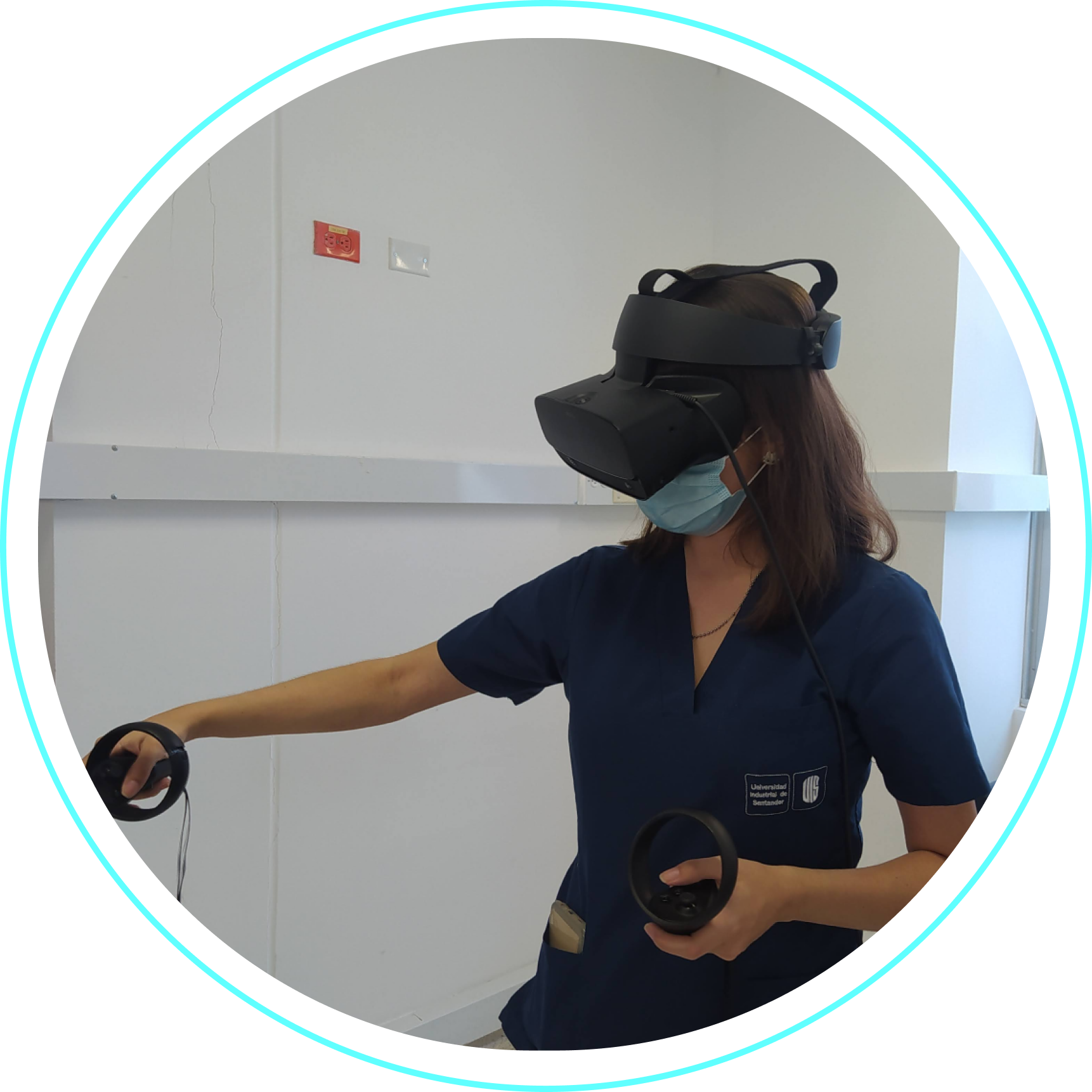
Final semester medical students (16 participants)
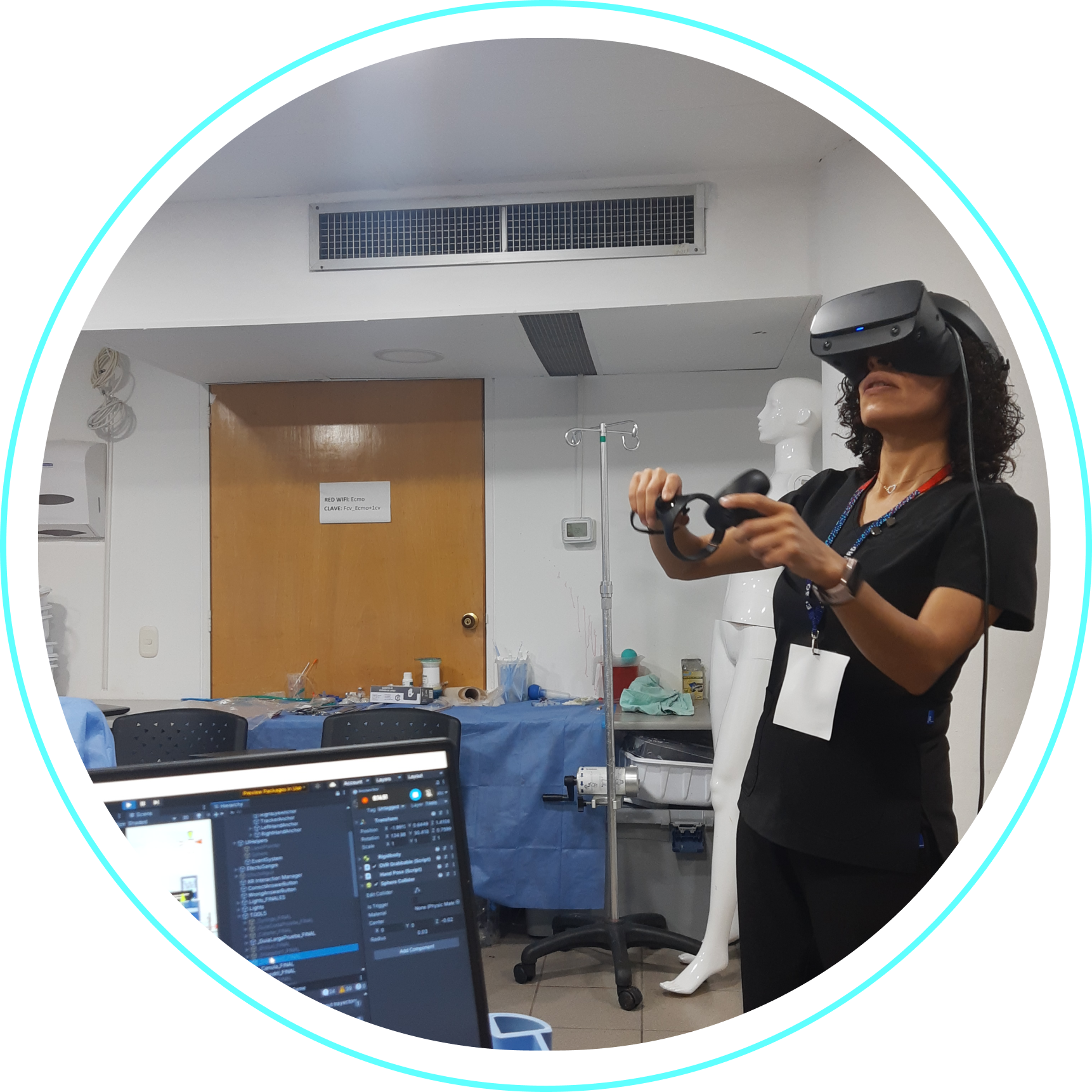
Doctors in training with the ECMO course at FCV (10 participants)
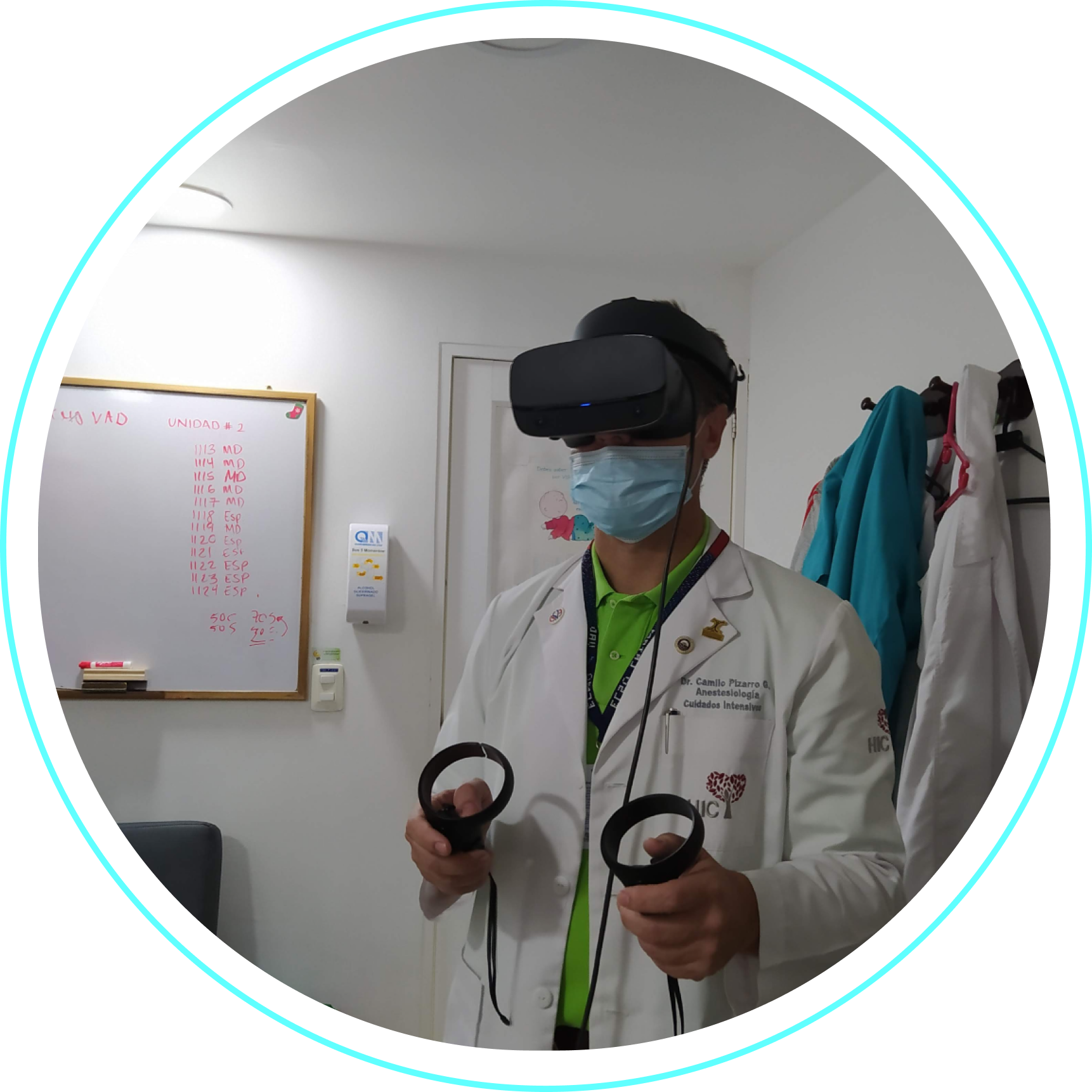
Doctors in training with the ECMO course at FCV (10 participants)
USABILITY
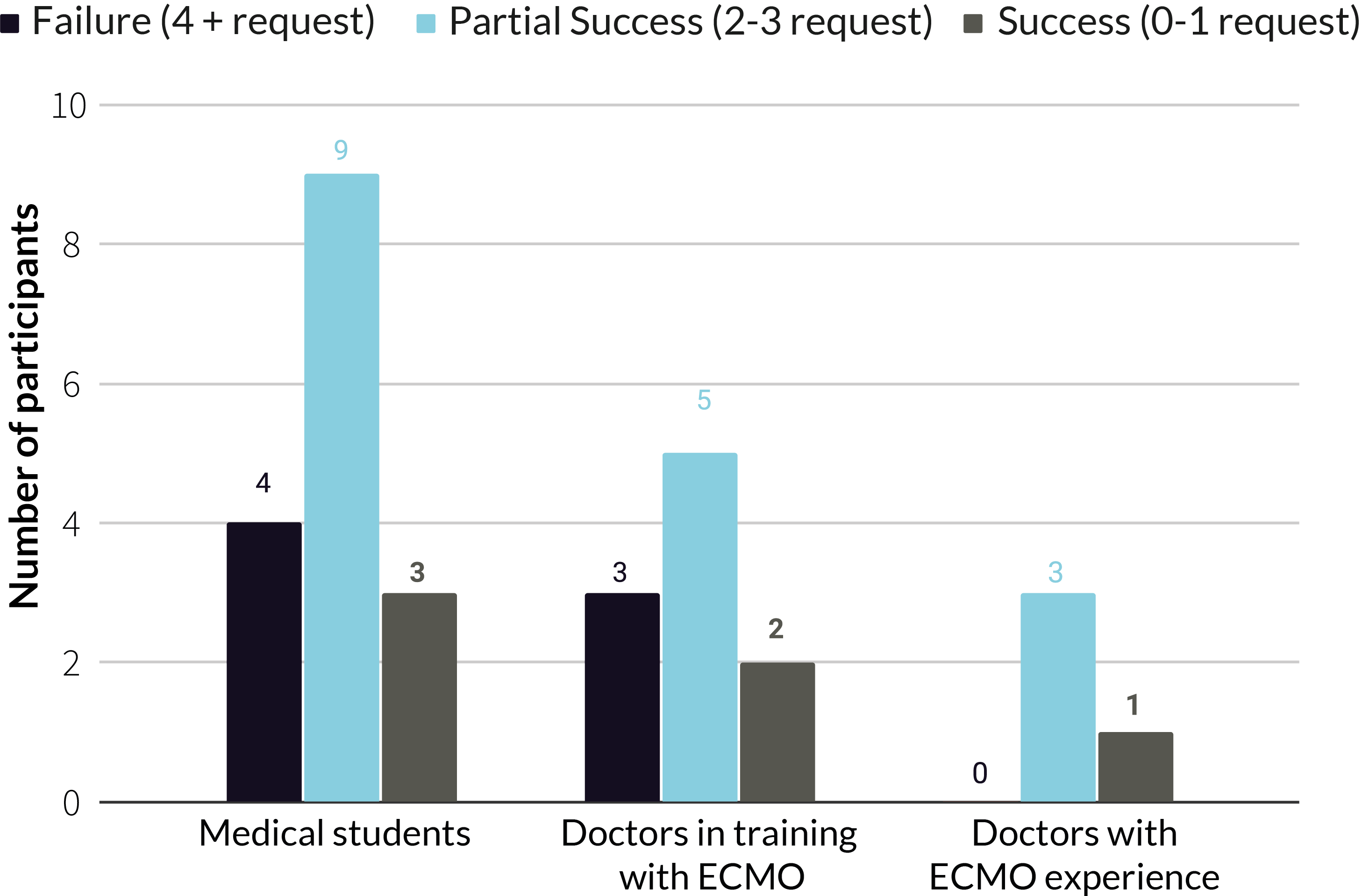
Satisfaction - SUS Scale
Efficiency -Time and Standard Deviation
Effectiveness - Success
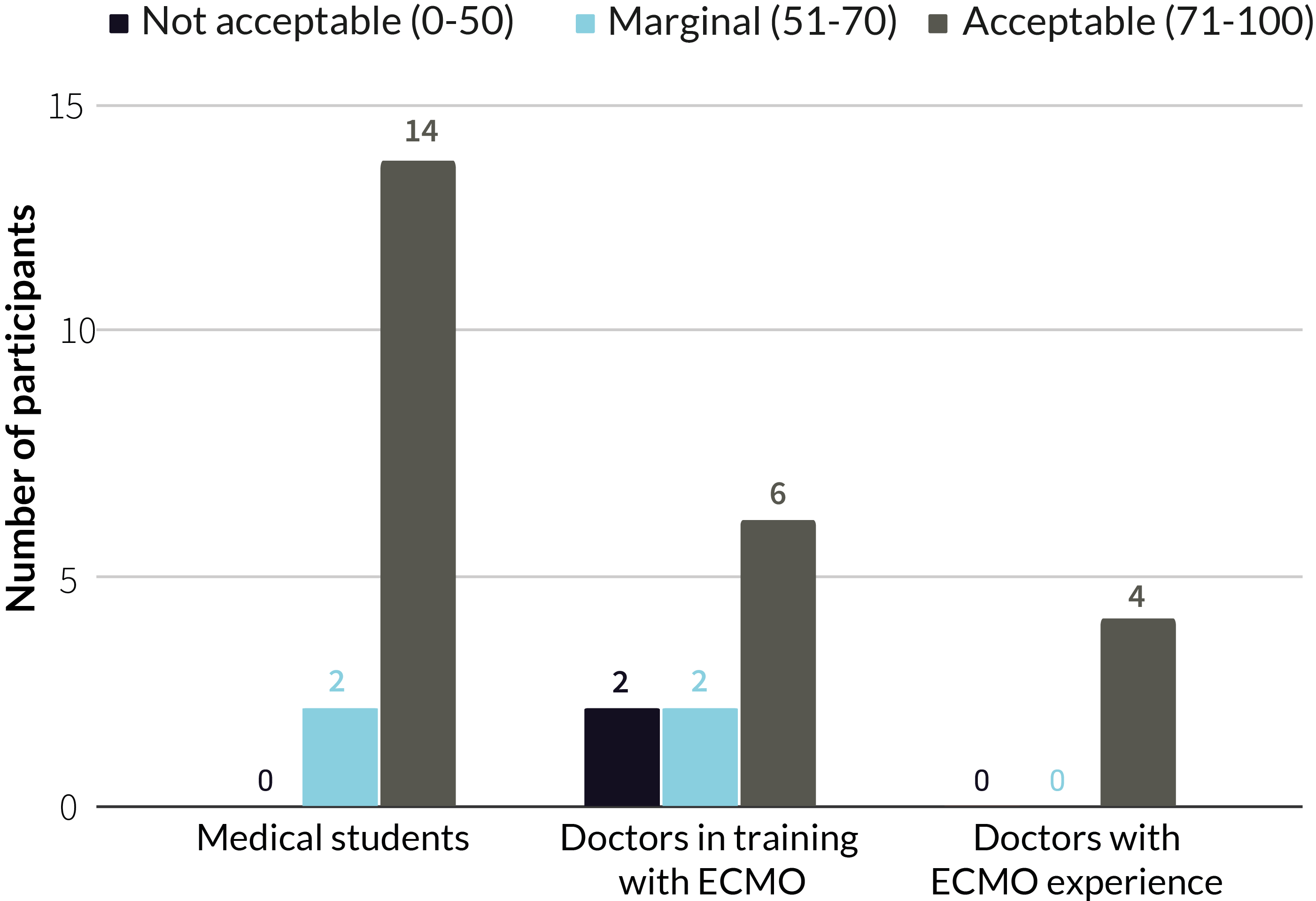
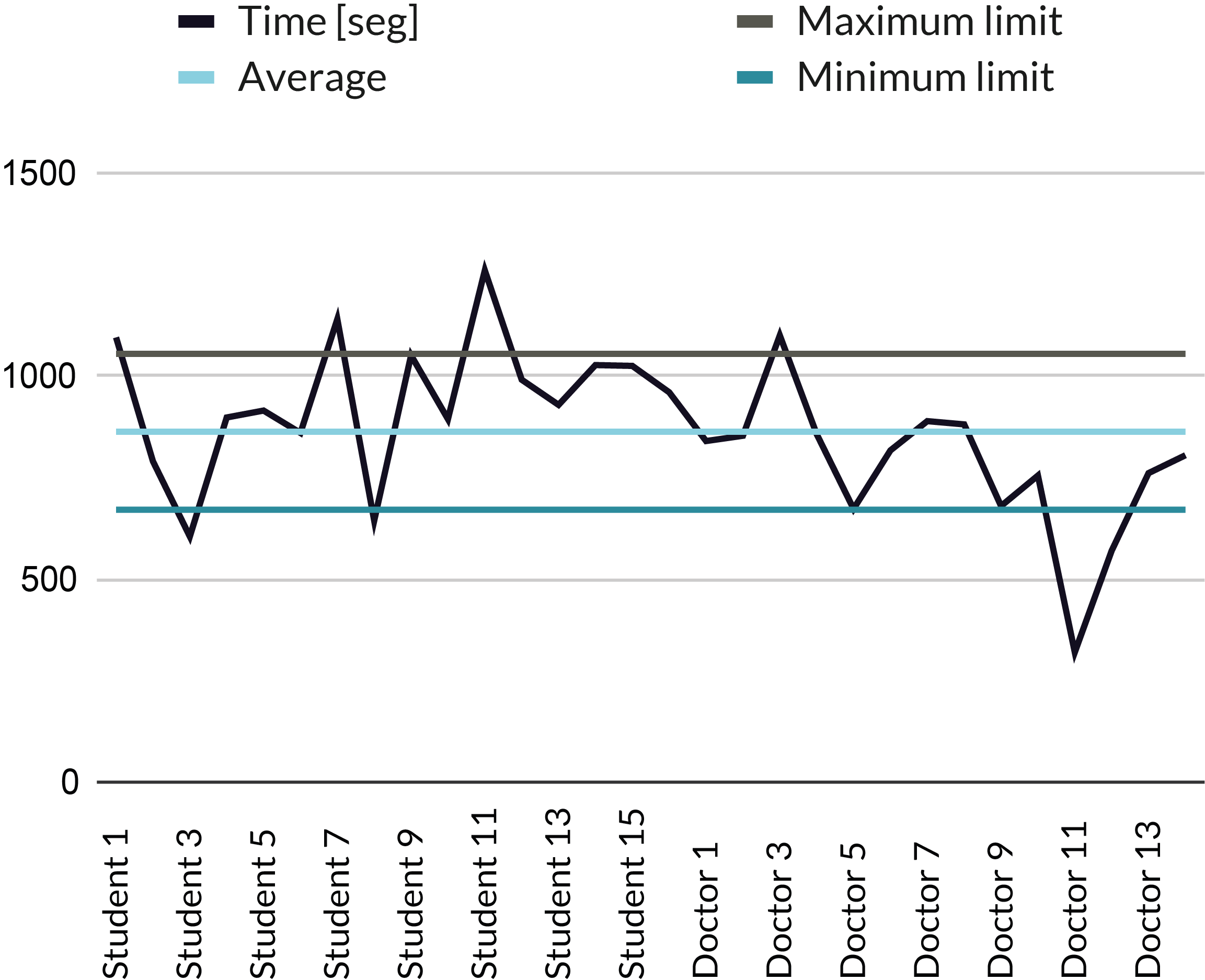
FIDELITY
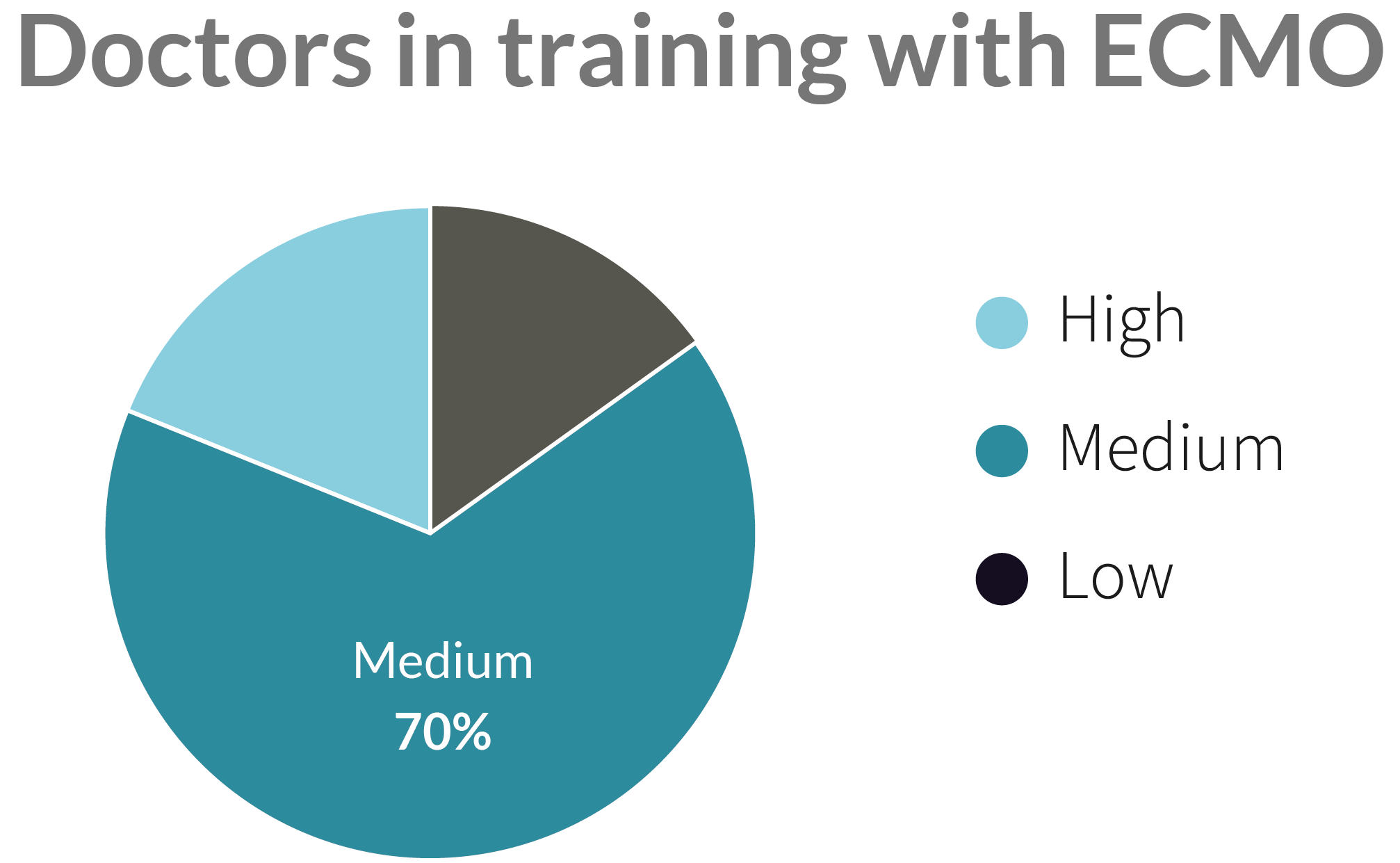
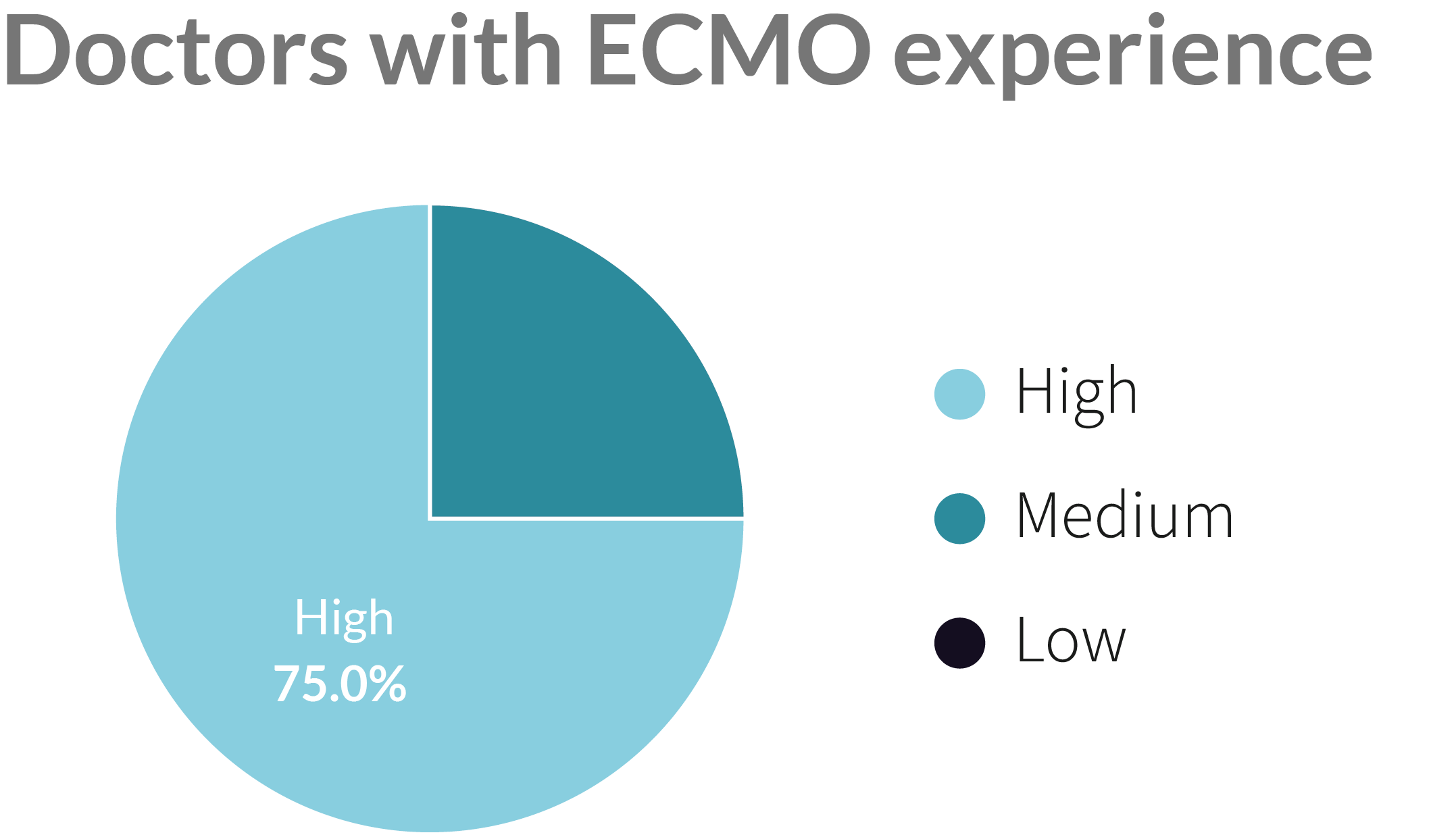


.png)
.png)






